Running with Sciatica: 5 Expert Tips for Relieving Pain
Author:
Unlock your full potential by engaging with our experts and community! Have questions about your fitness journey or looking for expert advice on weightlifting techniques? Don’t hesitate — leave a comment below and Ernesto Mendez will provide a personalized answer and insights to help you reach your goals.
Torokhtiy is reader-supported. Some links are affiliate links, and we may earn a commission at no extra cost to you. See our disclosure page for details.
Are you looking for ways to manage running with sciatica? Many people experience sciatica at least once in their lifetime. This blog post provides expert tips on how runners can treat and prevent sciatica to stay active.
From stretching exercises to heat therapy, discover practical strategies for managing and relieving pain associated with sciatica and running. Read on to get the scoop on staying fit despite this common nerve issue!
Is it possible to run with Sciatica? – Sciatica is a condition experienced by runners characterized by pain in the lower back and legs due to compression or irritation of the sciatic nerve. Heat therapy, rest and medications applied to help improve circulation and loosen muscles around affected areas can relieve sciatica pain and allow you to run without discomfort.
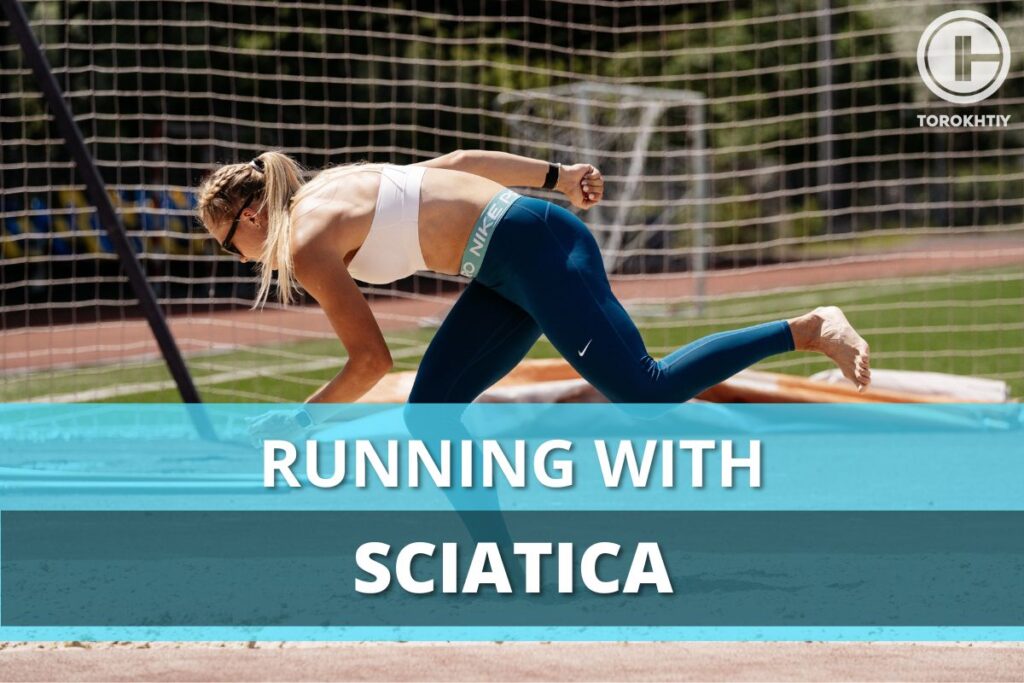
What is Sciatica?
Sciatica is a disorder followed by pain in the lower back and/or legs due to compression or inflammation of the sciatic nerve. The sciatic nerve is a thick nerve that runs from the lower back, through the buttock and down the leg. It starts in your lower back, branches out from the lumbar spine, and continues towards each side of the buttocks into each leg.
The sciatic nerve plays a vital role for runners as any inflammation or irritation can be felt along its entire length, causing painful sensations known as sciatica.

4 Causes of Sciatica in Runners
Various conditions can trigger sciatica and affect runners. Let’s explore how to identify the source of your sciatica.
1. Tight Muscles and Imbalances
Tight muscles, especially in the lower back and buttock area, can pressure the sciatic nerve and lead to sciatica in runners. Imbalances between right and left side muscle strength are a common cause of sciatic pain for athletes.
Other contributing factors may include weak core muscles, tight hamstrings, or even calf muscle imbalances from running with improper technique or shoes.
2. Herniated Discs
Herniated discs commonly cause sciatica in runners, typically resulting from the wear and tear of daily activities or an injury. A herniated disc occurs when the gel-like center portion of the intervertebral disc bulges out through a tear in its outer layer.
This puts pressure on surrounding nerve roots, leading to radicular pain, numbness, tingling sensations and reduced strength in the affected area. This is known medically as radiculopathy.
3. Spinal Stenosis
Spinal stenosis is a condition caused by spinal canal narrowing and can result in sciatica. Runners are at an increased risk for sciatica due to the repetitive nature of running, and its impact on their joints.
Symptoms like radiating pain down the leg, numbness, tingling sensation and difficulty walking or running typically occur during episodes of spinal stenosis.
4. Sacroiliac Joint (SIJ) Dysfunction
An issue with the sacroiliac joint can cause severe sciatica in runners. It is usually caused by abnormal motion (i.e. hyper- or hypo-mobile) or malalignment of the sacroiliac joint leading to pain and discomfort.
The symptoms of sacroiliac joint dysfunction include low back or hip pain which radiates down either one or both legs to varying degrees, and difficulty sleeping due to disruption from the pain. This kind of sciatica is most common in long-distance runners and those who participate in repetitive movement recreationally or professionally.
3 Symptoms of Sciatica in Runners
If you are a runner and experience shooting pains along your buttocks, lower back or legs, these could be the first signs of sciatica. If self-care methods don’t alleviate symptoms after a few weeks, see a doctor for proper diagnosis and treatment.
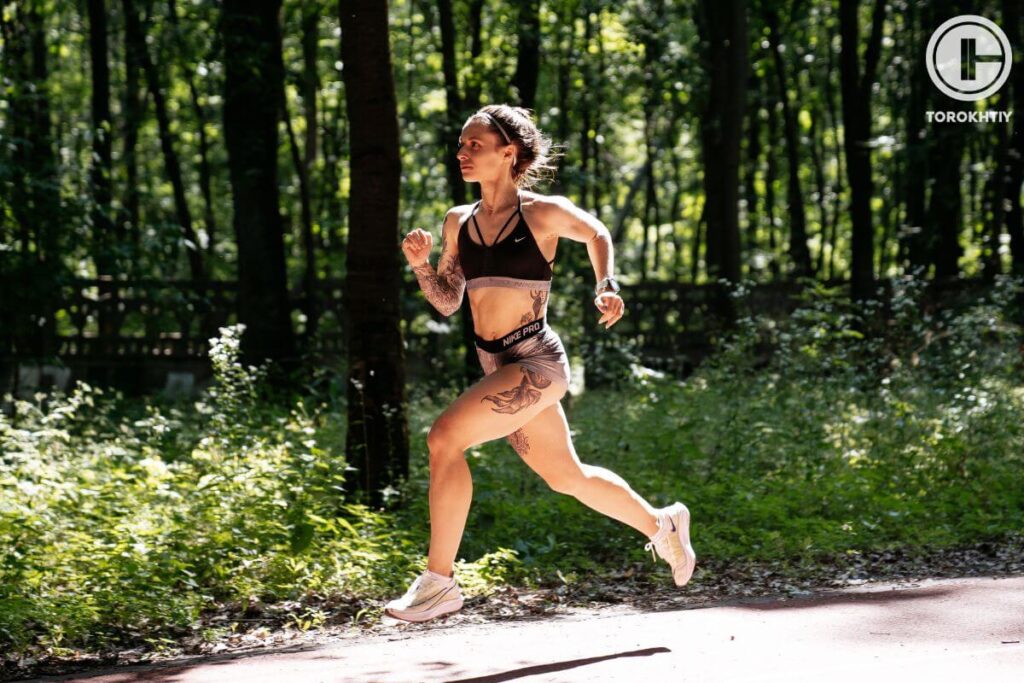
1. Pain Radiating Down the Leg
When running with a herniated disc and sciatica, one of the most common symptoms is a pain in the lower back that radiates down one leg— often reaching to the foot. This type of pain can be described as a searing or burning sensation along with tingling, numbness, weakness, or even pins and needles in more severe cases.
If you notice this kind of pain radiating down your leg for any length, you should see a doctor immediately so they can diagnose and treat the underlying source properly.
2. Numbness or Tingling Sensation
Sciatica is a term used to describe weakness, numbness, and tingling in the leg caused by nerve compression or sciatic nerve irritation. Such sensations are often described as “pins-and-needles” or similar to having a limb fall asleep.
These abnormal sensations result from pressure placed on the sciatic nerve due to herniated discs, tight muscles and muscle imbalances, which can lead to sciatic nerve irritation.
3. Difficulty Walking or Running
Sharp pangs of pain, accompanied by numbness or a tingling sensation, and decreased flexibility in the hip area, can make it difficult for runners to move.
Additionally, difficulty bending forward or standing up after sitting for a long time are common symptoms experienced when the sciatic nerve is affected. Runners with sciatica may also feel weakness in one or both legs while trying to move around, resulting in slower walking.
Can Running Worsen Sciatica Symptoms?
Is running good for sciatica? It depends, it could improve or worsen the condition. It can improve symptoms if done correctly by managing activity tolerance and a progressive running program. It could worsen symptoms by increasing the pressure and impact in the lower extremities and lower back.
Repetitive activities like running will increase the impact on the legs and hips, exacerbating sciatic pain. Sciatica affects millions of people and is one of the most common causes of back-related discomfort for runners due to performing such an active sport.
Diagnosis of Sciatica in Runners
Here are some options to diagnose sciatica pain after running:
1. Indicators of Sciatica
Runners should be aware of the signs and symptoms that may suggest sciatica. It is important to spot these indicators early on to get treatment and minimize any potential danger. Sciatic nerve pain can also happen suddenly after some kind of trauma, such as a fall which would warrant a visit to the doctor for proper diagnosis.
Alternatively, it may have been developing over time due to the reasons mentioned above, which all can contribute to sciatica in runners.
2. Physical Examination
A physical examination is a crucial aspect of diagnosing sciatica in runners, and it involves palpating the pain points, which can indicate symptoms specific to sciatica.
These may include gluteal or lower back tenderness where piriformis tightness commonly presents. Assessment of internal rotation of the affected area can also replicate the pain experienced by the runner with sciatica.
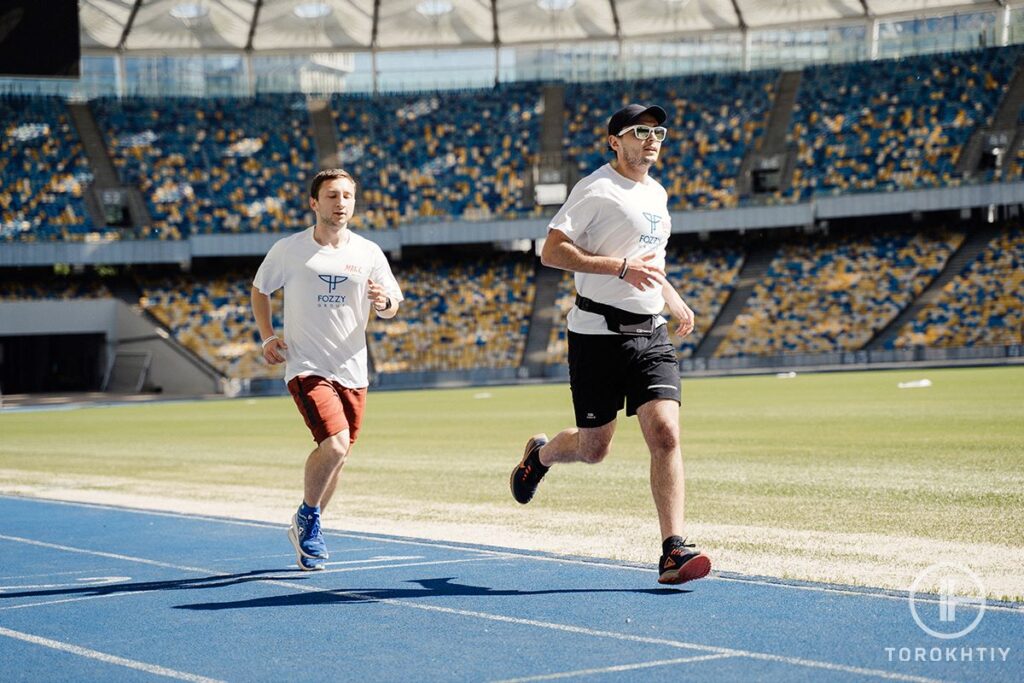
Medical professionals need to take into account a patient’s medical history as this will help narrow down a proper diagnosis and develop an appropriate treatment plan.
3. Value of Imaging
Imaging tests such as CT scans provide a comprehensive 360-degree scan of the spine, surrounding tissues, and vertebrae in order to diagnose sciatica pain in runners accurately. The value of imaging lies in its ability to identify any factors that may be placing pressure on the lumbar nerve roots, leading to the symptoms of this disorder.
For runners who experience severe or progressive neurologic deficits due to their sciatica, diagnostic imaging may be recommended to determine an appropriate treatment plan.
Recovery from Sciatica and Resumption of Running
Through rest, physical therapy and medications for pain relief, runners can slowly resume their running routine with sciatica. Let’s discuss all the details together.
1. Rest and Physical Therapy
Rest is essential for managing and relieving sciatica pain in runners, as it allows the body to heal and recover. Too much activity can worsen symptoms, so taking a break from running is important.
It is also essential to listen to the body when symptoms start returning – if light activities become too painful or worsen your symptoms, you should stop and rest until they ease off.
Additionally, physical therapy plays an essential role in treating sciatica for runners. Examples include muscle-strengthening exercises that focus on core stability and stretching that targets tight muscles like glutes or hamstrings, which may contribute to sciatica in runners.
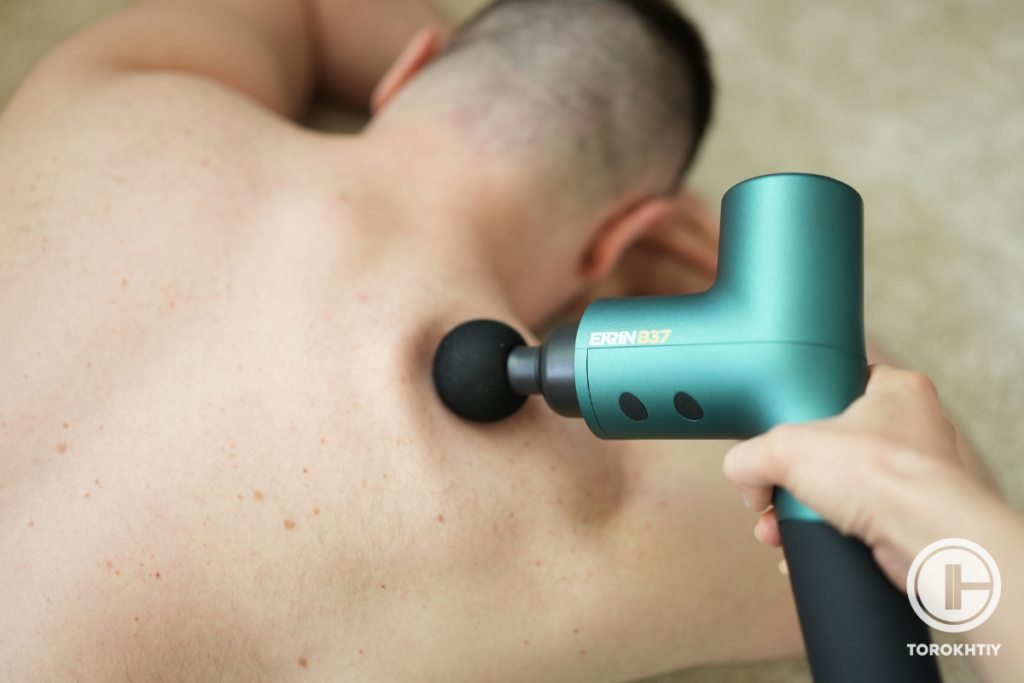
2. Medications for Pain Relief
Medication is one treatment option for persistent sciatic nerve pain. Non-steroidal anti-inflammatory drugs (NSAID), like ibuprofen or aspirin, are commonly prescribed to reduce inflammation at the pressure points and provide quick relief from acute pains.
Doctors may prescribe stronger medications such as methylprednisolone and prednisone for more severe cases of sciatica. These anti-inflammatories act faster than NSAIDs and can help reduce swelling in the affected area in a matter of days or weeks.
3. Heat Therapy
Heat therapies such as hot baths and showers work wonders in relaxing sciatica tension. Applying heat to the affected area can help to reduce inflammation, improve blood flow, and relax your tight muscles. You can use a heating pad, a bottle of hot water, or take a warm bath to find relief.
Be sure to keep your heat therapy sessions to 20 minutes at a time to avoid skin damage.
4. Epidural Steroid Injections
Epidural steroid injections are commonly used to address lower back and leg pain associated with sciatica in runners. These shots contain a corticosteroid agent injected into the space outside the covering of the spinal nerve roots, called the epidural space.
Early administration of these injections or nerve blocks can offer significant relief and improve chances for resuming running activities without needing surgery. It should be noted though, that nerve blocks may temporarily impair strength or feeling in specific muscles.
5. Surgery in Severe Cases
While rest and physical therapy are recommended as initial treatment options for sciatica, surgery may be necessary in cases where these treatments are insufficient. Surgery aims to relieve compression of the sciatic nerve, which causes intense leg pain that radiates down the affected area. In many cases, a successful procedure can provide long-term relief from leg pain and disability associated with sciatica in runners.
How and When to Resume Running after Sciatica?
Is running bad for sciatica? When it comes to dealing with sciatica, running can be a tricky subject. On one hand, exercise has been shown to have immense benefits in managing sciatic pain and increasing muscle strength in the affected joints. On the other hand, running itself puts extra strain on back muscles, which might worsen symptoms.
Depending on each particular case’s severity and treatments used (including medications), this could last between two weeks up to four months until you are ready to start exercising again gradually.
How to Run with Sciatica?
Before continuing your running routine it is essential to consider several factors that should help you have successful sciatic nerve pain relief.
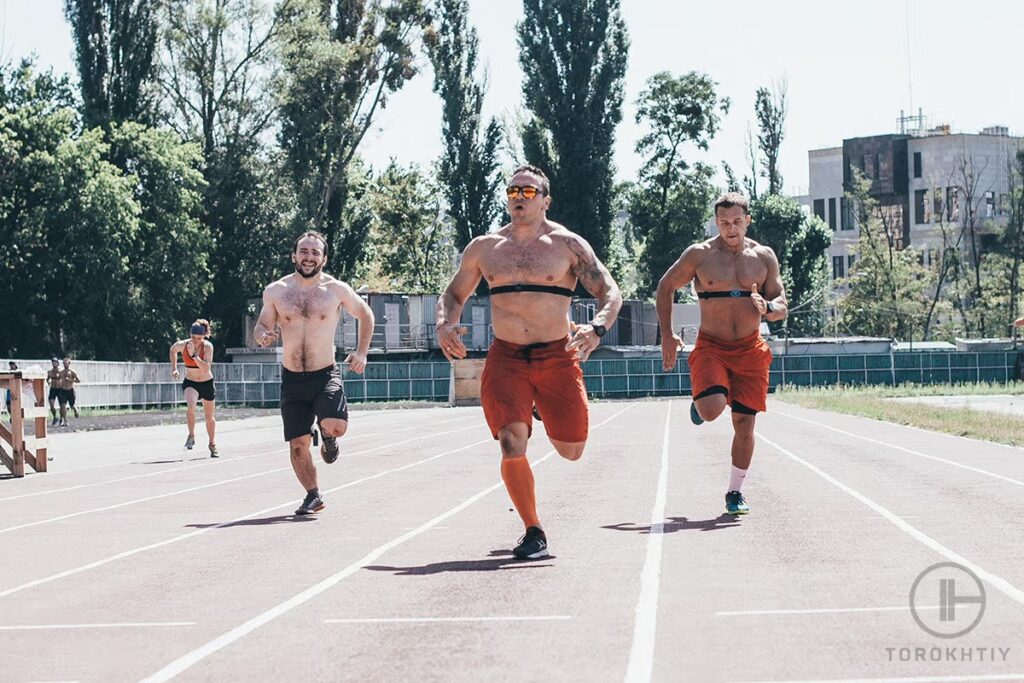
1. Warm-up and Cool-down Exercises
For runners with sciatica, stretching, warm-up and cool-down exercises are essential to prevent further injury and easing pain caused by this condition.
Tips From the Champ
Examples of helpful pre-run stretches include hip circles, leg swings, and hamstring stretches, while examples of post-run cooldown go towards maintaining body temperature using light jogs or static stretches such as forward bends or seated ankle rolls.
Running Coach Nike Run Club Kyiv
For proper effectiveness, executing a full range of motion involving dynamic stretching at the beginning of your run is advised. Then do some cooldown movements after the exercise has ended to improve flexibility and joint mobilization.
2. Proper Running form and Technique
Running with sciatica pain requires alterations to your usual running form and technique to reduce strain on your sciatic nerve. Proper posture during a run is essential, as having a slumped position can put added pressure on the nerve and create imbalances in muscular strength and mobility around the spine.
Similarly, maintaining an upright torso while keeping your chin tucked in helps distribute impact evenly when running.
Tips From the Champ
Stride length also has an impact. If you take too short strides, it places more stress on the lower back, which can lead to pain. If you take too long strides, this could end up causing unnecessary tension in the sciatic nerve due to overstretching it, and increase fatigue levels quicker than necessary.
Running Coach Nike Run Club Kyiv
3. Gradual Increase in Intensity and Distance
It is essential for runners with sciatica to gradually increase their running intensity and distance. A steady build-up helps the body adjust to new stresses, easing muscle tightness and pain caused by sudden movements or changes in physical activity.
Running too hard or far can worsen symptoms and cause further injury of nerve roots along the spine. To safely progress your running routine, start slowly with easy runs that last 20 minutes or less at a low intensity, such as jogging/brisk walking.
Tips From the Champ
After allowing time for proper recovery between runs, aim to gradually increase the intensity to safely increase both time spent on each run and overall mileage over a longer period.
Running Coach Nike Run Club Kyiv
4. Using Orthotic Inserts or Shoe Modifications
One of the best ways for runners to manage and relieve sciatica symptoms is by using orthotic inserts or shoe modifications. Custom orthotics are designed to cushion the heel, toes, and foot while relieving sciatic and lower back pain. Insoles with proper arch support, cushioning, and shock absorption can help minimize running discomfort.
Additionally, orthotic shoe inserts can offer increased stability as well as aid in recovery from injury, such as a herniated disc or muscle pull.
5. Avoiding Uneven Surfaces and Hills
Running on bumpy, rocky, or uneven surfaces may increase stress and strain on the hips, knees, ankles, and lower back, which can cause pain in the buttocks, legs, or feet – often linked to irritation or compression of the sciatic nerve.
Similarly, running up and down hills requires more force from leg muscles, leading to an increased chance of injury, which may worsen existing symptoms. Therefore, runners with sciatica should avoid these factors as they will likely put too much pressure on the joints, resulting in additional discomfort while running.
6. Incorporating Cross-Training Activities
Cross-training is an excellent way for runners suffering from sciatica to stay active while taking pressure off the lower back.
Cross-training activities such as swimming, cycling, and yoga are low impact that can help improve overall fitness, strengthen supporting muscles that could contribute to the pain felt due to sciatica, improve flexibility and balance, and reduce muscle imbalances which in turn helps minimize the risk of further injury.
Hoka Bondi 8
- Material: Breathable and supportive mesh upper
- Sole Material: Full-length EVA midsole for maximum cushioning
- Outsole (tread feature): Durable rubber outsole with a unique lug pattern
- Drop: 4mm
- Season: Suitable for all seasons
- Special Features: Exceptional cushioning and comfort
- Size: Available in various sizes
- Type: Maximum cushioning running shoe
If you want excellent running or walking shoes or just footwear you’ll be comfortable in, you can’t go wrong with the Hoka Bondi 8.
It’s been upgraded and now they have lighter, softer materials and a new extended heel design. The heel design gives a super soft, balanced feeling from th emoment your heel hits the ground to when you push off with your toes.
As far as the weight goes, it’s around 10.80 ounces, and the heel drop is 4 mm. They’re not too heavy and the lower drop is a good balance between cushioning and feeling connected to the ground.
The Bondi 8 is focused on cushioning and keeps things simple. There’s a good amount of support without any extra stuff that you don’t really need and that would only jack up the price. Take the rear crash pad, for example – it makes for a soft, smooth ride, which is perfect if you like to run outdoors.
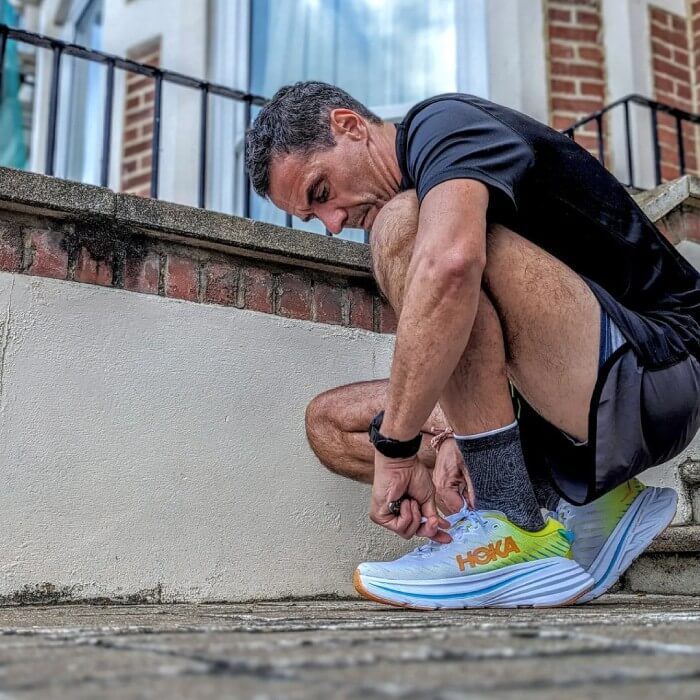
The upper part is made of engineered mesh, which is breathable and keeps your feet cool and dry. The tongue and collar have memory foam and mold to your foot shape. All of these features make the fit snug but flexible, which is exactly what you would want.
The Bondi 8 is eco-friendly because it uses recyclable materials in parts like the mesh and the sockliner. Plus, the shoes are completely vegan, which (if that’s important to you) is nice!
Frequently Asked Questions about Running with Sciatica
Can Sciatica be Triggered by Running?
Running can have a detrimental effect on the sciatic nerve and can increase or trigger symptoms of sciatica in some cases. The repetitive nature of running and the impact on the lower body increases stress levels and exacerbates tension around these areas.
Can I Run with Sciatica?
The answer depends mainly on the cause, severity, and individual’s specific symptoms associated with sciatica. In some cases, light running may be appropriate, in other cases, it could worsen the condition without proper rehabilitation and modification of technique.
Final Thoughts on Running with Sciatica
Even jogging with sciatica can be tricky, but it is a manageable situation. It is crucial to master proper form and technique when running, as bad posture can reaggravate the pain. Remember to listen to your body and never push through any unbearable discomfort.
If all conservative approaches fail, seek medical attention immediately for a diagnosis followed by an appropriate intervention program tailored to your needs.
Have you ever practiced running with sciatic nerve pain? Please share your experience in the comments below.
References:
- Why You Should Keep Exercising with Sciatica, and Tips to Make It Easier // Hinge Health: https://www.hingehealth.com/resources/articles/how-to-exercise-with-sciatica/
- Sciatica // Cleveland Clinic: https://my.clevelandclinic.org/health/diseases/12792-sciatica
- 5 tips for coping with sciatica // Harvard Medical School: https://www.health.harvard.edu/pain/5-tips-for-coping-with-sciatica
- How to Ease Sciatic Nerve Pain // WebMD: https://www.webmd.com/back-pain/ss/slideshow-how-to-ease-sciatic-nerve-pain
- Running with Sciatica: 4 Things to Know // Sports-health: https://www.sports-health.com/blog/running-sciatica-4-things-know
- Sciatica pain relief: Home remedies and targeted therapies // HealthPartners: https://www.healthpartners.com/blog/tips-for-sciatica-pain-relief-and-treatment/
- SAY GOODBYE TO SCIATICA: PROVEN TIPS AND TRICKS TO RELIEVE PAIN // New York Spine Specialist: https://newyorkspinespecialist.com/say-goodbye-to-sciatica-proven-tips-and-tricks-to-relieve-pain/
- Photos by Torokhtiy Media Team.
Why Trust Us?
With over 20 years in Olympic weightlifting, strength training, nutrition coaching, and general fitness our team does its best to provide the audience with ultimate support and meet the needs and requirements of advanced athletes and professional lifters, as well as people who strive to open new opportunities and develop their physical capabilities with us.
By trusting the recommendations of our certified experts in coaching, nutrition, and sports training programming, as well as scientific consultants, and physiotherapists, we provide you with thorough, well-considered, and scientifically proven content. All the information given in the articles concerning workout programming, separate exercises, and athletic performance, in general, is based on verified data.
The product testing process is described in more detail here.
Author: Ernesto Mendez
Orthopedic Clinical Specialist
Best Results: Snatch – 208 kg,
C&J – 240 kg
Dr. Ernesto Mendez is a licensed physical therapist, a board Orthopedic Clinical Specialist (OCS) and founder of Movement 4 Wellness Physical Therapy, LLC. He earned his degree from Thomas Jefferson University. He is also an Olympic weightlifting coach (USAW L1) and Functional Fitness Level 1 Trainer. His experience includes the areas of pain management, movement analysis, injury recovery, surgical rehab, corrective exercise, and athletic, military, and occupational performance. Dr Mendez is passionate about Olympic weightlifting and fitness. Ernesto Mendez is responsible for designing multiple training programs, writing blog articles, posting daily weightlifting content, doing live weightlifting and mobility seminars.




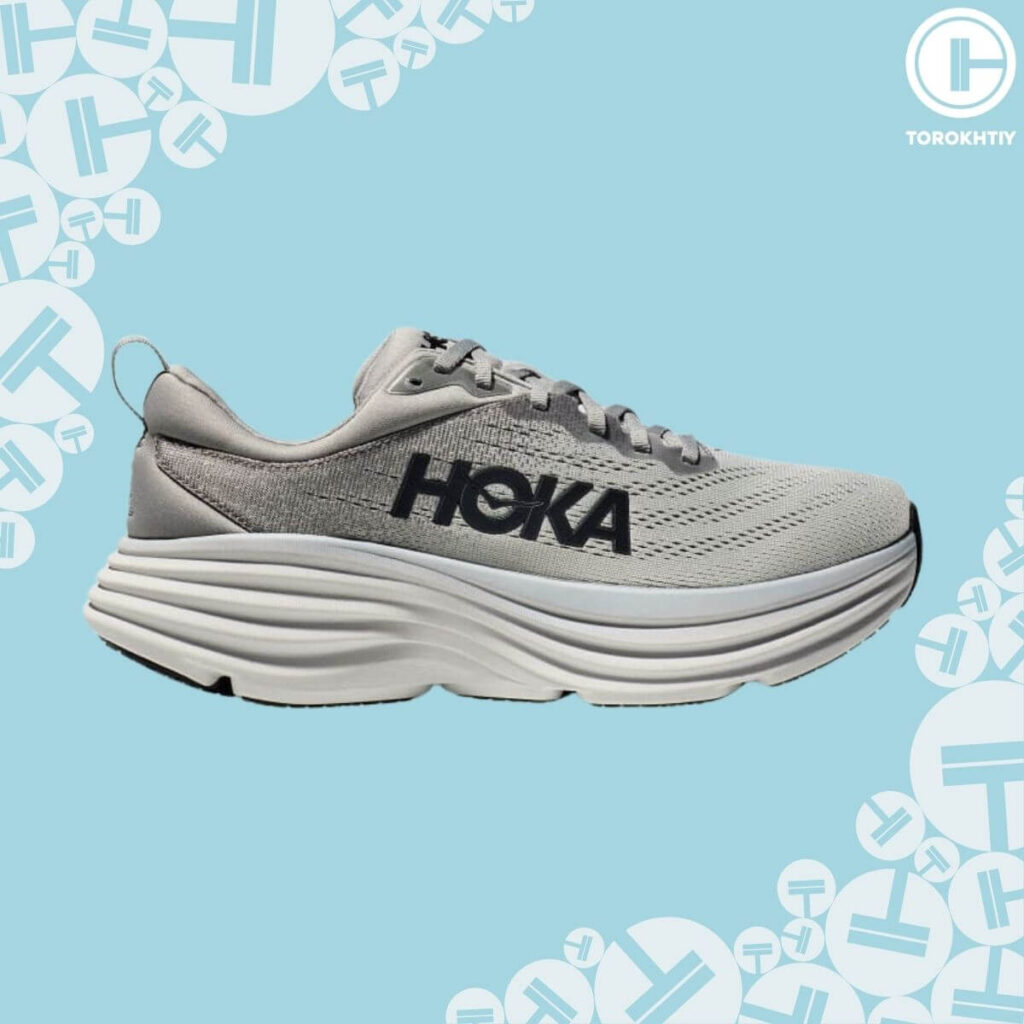
Still have questions after reading our article? Unlock your full potential by engaging with our experts and community! Don’t hesitate — leave a comment below and Ernesto Mendez will provide a personalized answer and insights to help you reach your goals.